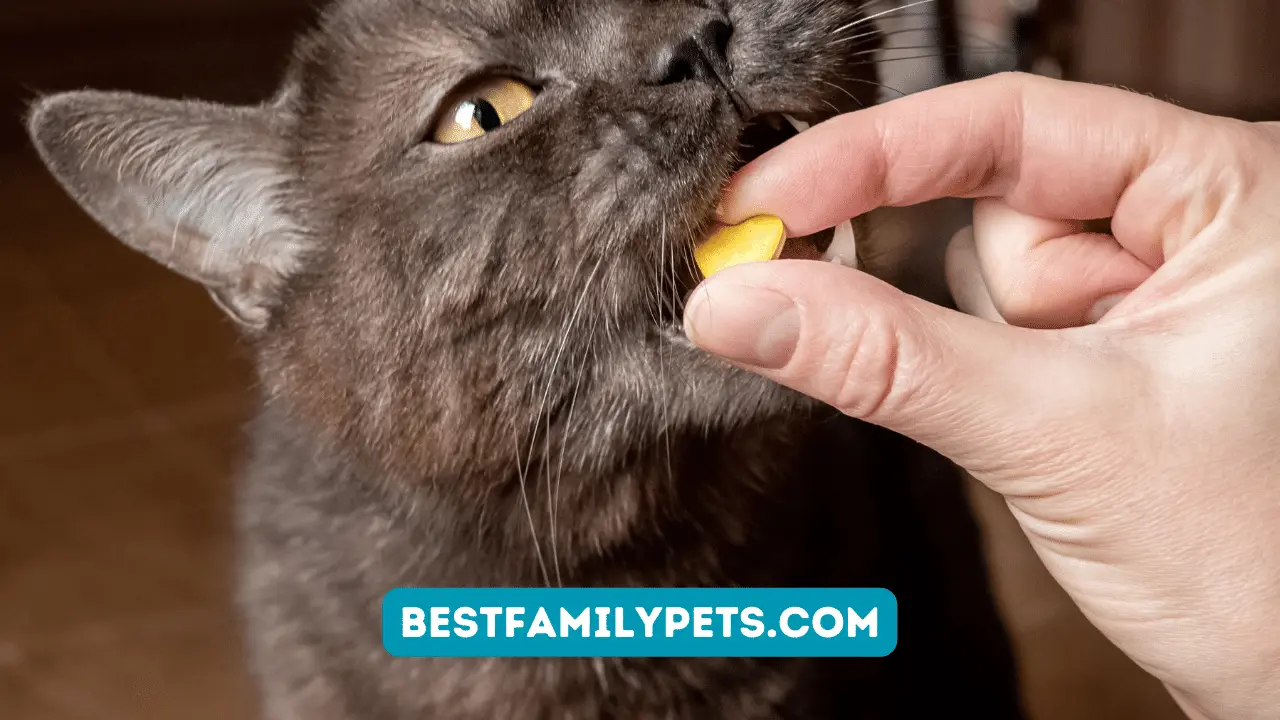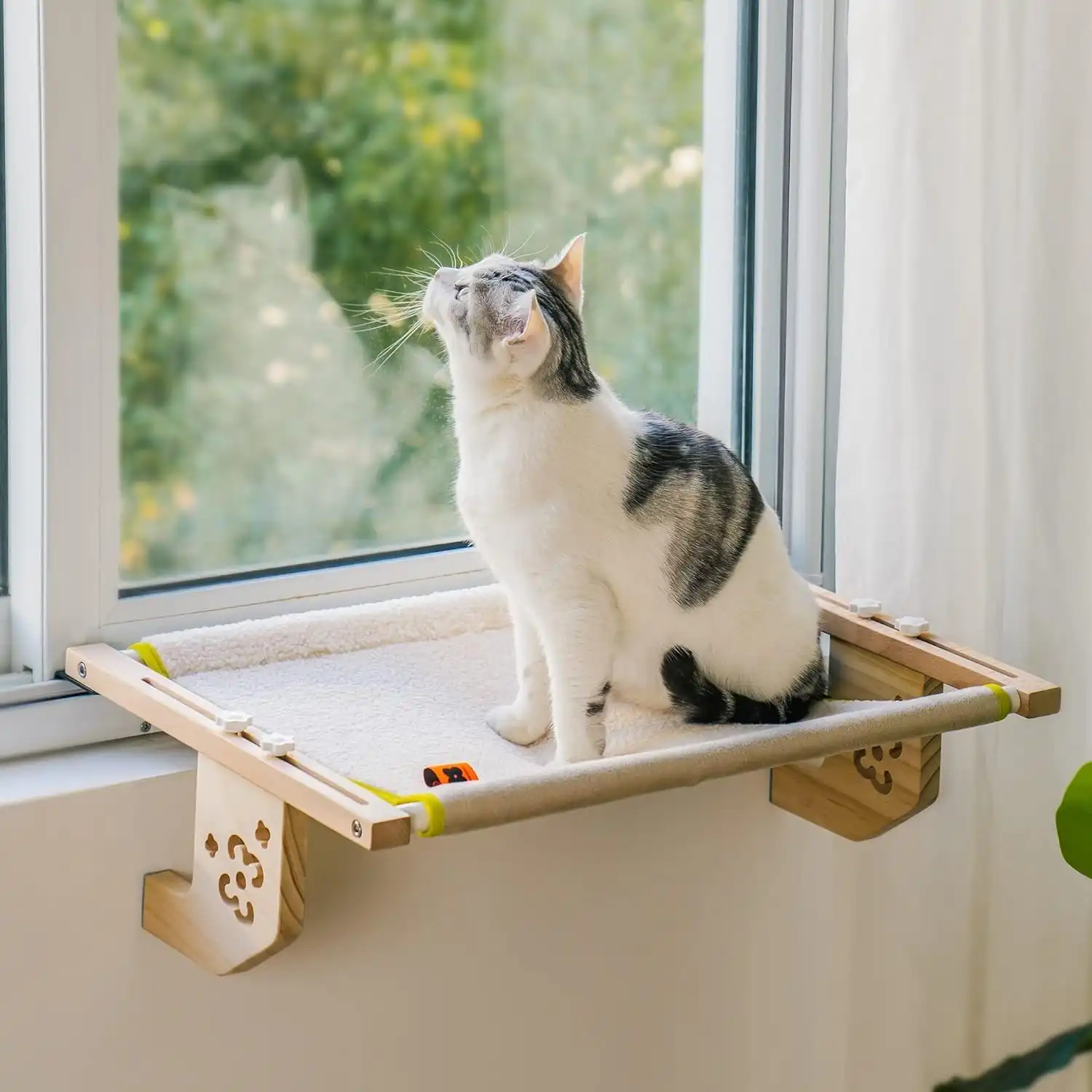Best Ways to Treat a Cat with Upper Respiratory Issues
Is your cat suffering from upper respiratory issues? Discover the best ways to provide relief and care for your furry friend’s symptoms here.
Unlike lots of wild animals, property owners or cat owners who are worried about the animals typically feed feral cats. When feeding feral cats, the people feeding the cat may observe that the cat is struggling with numerous illness for example deadly upper Respiratory Illnesses. Treating the feral cat can be challenging; however, it deserves the effort when the cat has the ability to live its life healthily. Treating the cat of issues like upper breathing issues will need that the cat be on hand and able to get medication. The cat can be captured by hand or using a trap. Traps are normally metal and have to have food put in them to capture the cat.
Symptoms of Upper Respiratory Issues in Cats
Here is a list of common symptoms that a cat with upper respiratory issues may exhibit:
- Sneezing: Frequent or repetitive sneezing, often accompanied by discharge from the nose.
- Nasal discharge: Runny nose, which can range from clear to thick and colored (yellow or green).
- Congestion: Difficulty breathing due to nasal congestion, leading to audible snoring-like sounds or wheezing.
- Coughing: Persistent coughing, often accompanied by gagging or retching.
- Watery or red eyes: Excessive tearing or redness in the eyes, indicating inflammation or irritation.
- Conjunctivitis: Inflammation of the conjunctiva (the tissue lining the inner eyelids and the whites of the eyes), causing redness, discharge, or squinting.
- Lethargy: Unusual tiredness or lack of energy, with reduced appetite and playfulness.
- Loss of appetite: Decreased interest in food or refusal to eat.
- Fever: Elevated body temperature, often indicated by warm ears, nose, or paws.
- Ulcerations: In severe cases, there may be sores or ulcerations on the mouth, tongue, or throat.
Please note that these symptoms can vary in severity depending on the underlying cause of the upper respiratory issue. It is important to consult a veterinarian for a proper diagnosis and appropriate treatment for your cat.
How to Treat a Cat with Upper Respiratory Issues
Cats are susceptible to upper respiratory infections, which can cause symptoms such as sneezing, coughing, runny nose, and fever. Here are some ways to treat a cat with upper respiratory issues:
Provide Supportive Care
Provide your cat with a quiet and comfortable place to rest. Encourage your cat to eat and drink by offering wet food and water frequently. Use a humidifier to help soothe your cat’s nasal passages.
Administer Medication
Your veterinarian may prescribe medication to help relieve your cat’s symptoms. This may include antibiotics to treat a bacterial infection, antiviral medication for a viral infection, or anti-inflammatory medication to reduce inflammation and ease breathing.
Clean and Disinfect
Clean and disinfect your cat’s food and water bowls, litter box, and bedding frequently to prevent the spread of infection. Use a disinfectant that is safe for cats, and wash your hands thoroughly after handling your cat.
Preventive Measures
Preventive measures can help reduce the risk of upper respiratory infections in cats. Keep your cat up-to-date on vaccinations, and avoid exposing your cat to other sick cats. Practice good hygiene by washing your hands before and after handling your cat.
Conclusion
If your cat is showing symptoms of an upper respiratory infection, it’s important to seek veterinary care. With supportive care, medication, and preventive measures, you can help your cat recover from an upper respiratory infection and prevent future infections.
You may also like these:
-

MEWOOFUN Sturdy Cat Window Perch Review: A Cozy Spot for Your Feline
-



Purr-fectly Delicious: A Review of Astkatta Iceland Canned Cat Food and Feast Cat Wet Food
-



How to Use Puppy Training Pads Effectively
-



Feed the Beast Right: Why Pet Nutrition Isn’t Just Kibble and Luck
-



Large Dog Door Mat for Muddy Paws: A Must-Have for Pet Owners
-



Pet Euthanasia in Gilbert: Compassionate Care Options
-



SMARTBEAN Cat Scratch Furniture Protector: A Must-Have for Pet Owners
-



Memorial Plaque for Dog: A Heartfelt Tribute to Your Pet
-



Cat Nutrition Guide for Optimal Feline Health
-


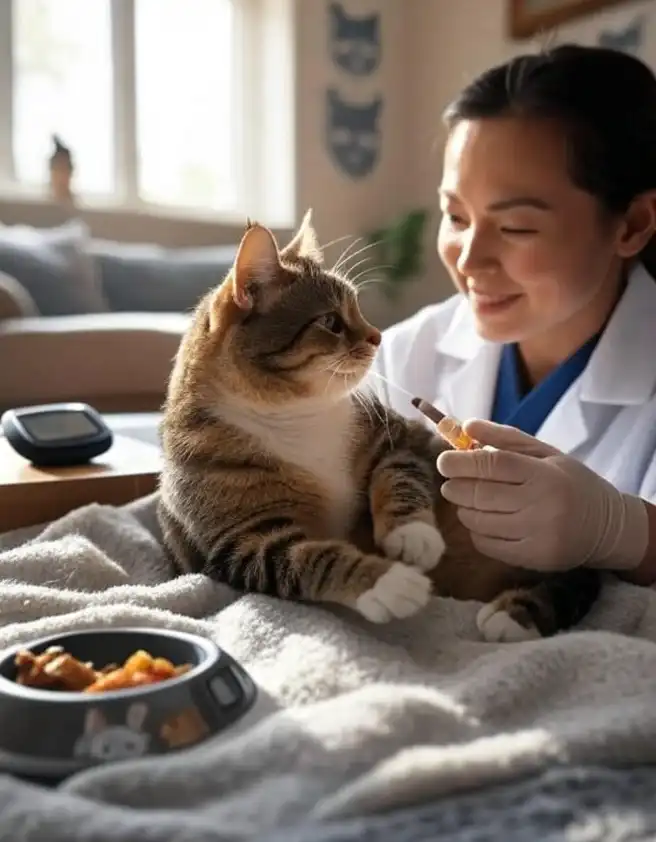
Feline Diabetes Care: A Guide for Pet Owners
-


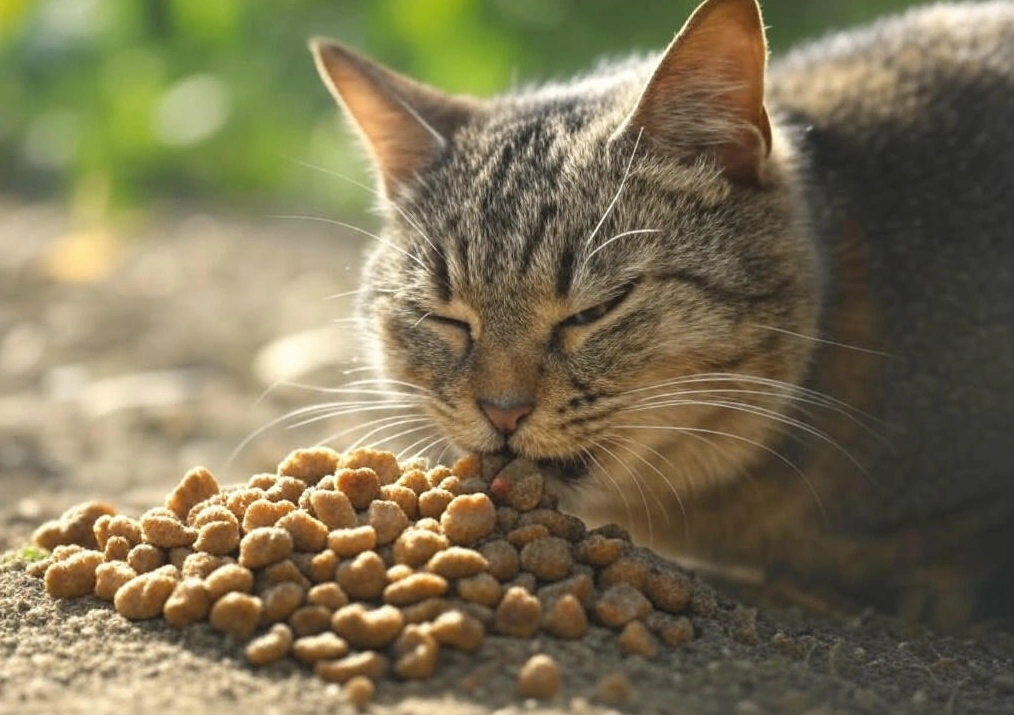
Blue Buffalo Healthy Gourmet Cat Food Reviews: A Comprehensive Guide for Pet Owners
-



Paco & Pepper: Environmentally Friendly Cat Litter That is Ideal for Your Cat
-



Indian Cat vs Persian Cat: Pick Your Pet
-


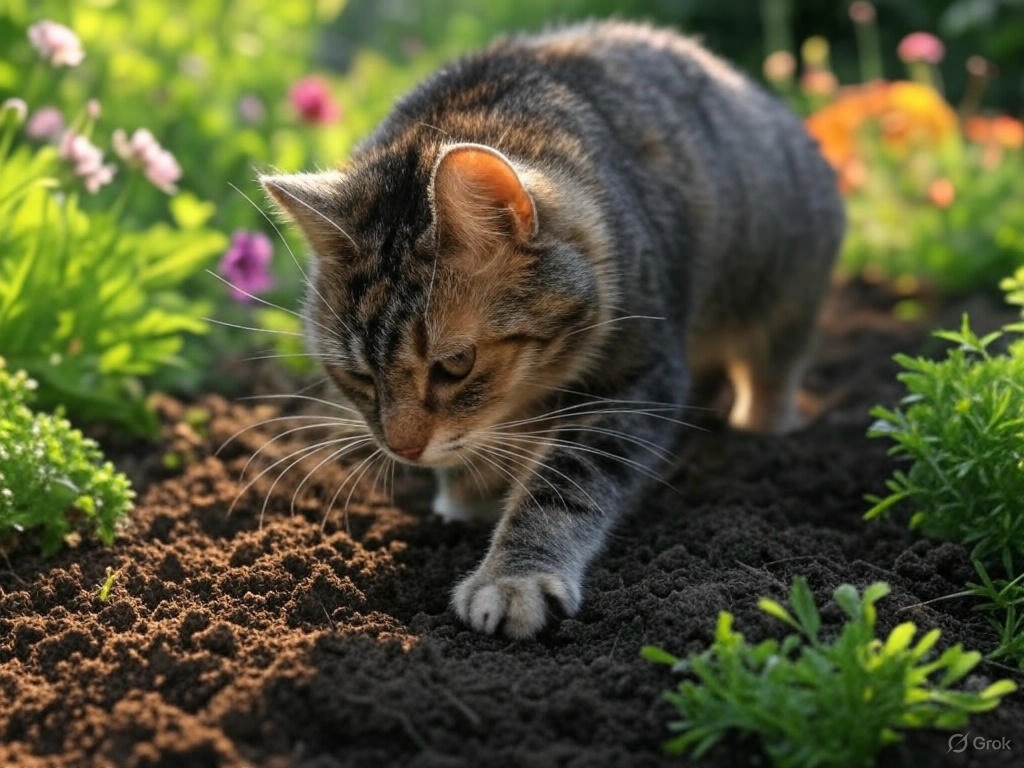
How to Stop Cats from Digging in Your Garden: A Comprehensive Guide
-



The Ultimate Guide to Choosing the Perfect Cat Name

